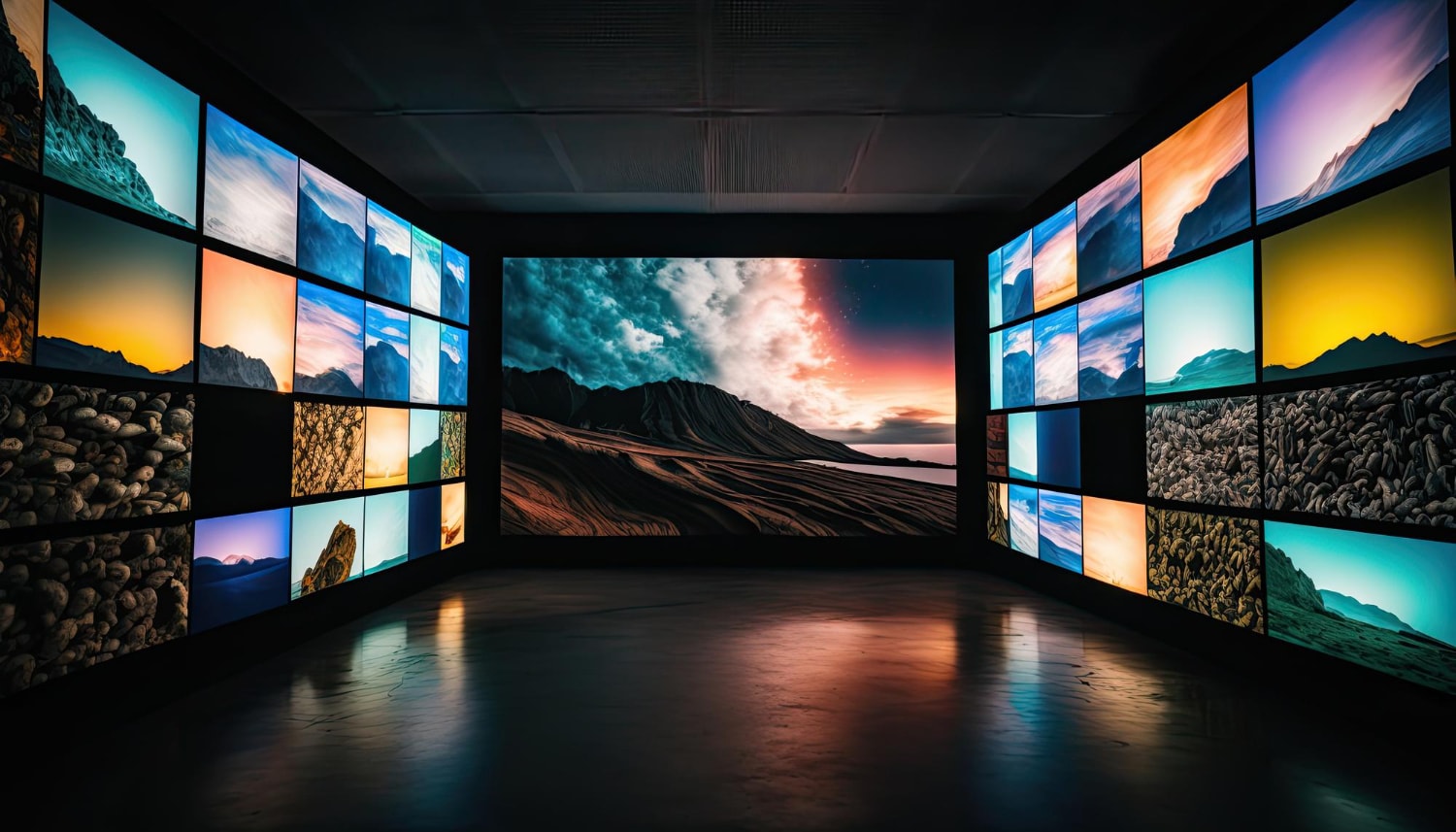A Thorough Analysis of Various Light Emitting Diode Display Wall Techniques and Their Uses
A Thorough Analysis of Various Light Emitting Diode Display Wall Techniques and Their Uses
Blog Article
LED display walls have become more popular in various settings, such as music events, athletic events, as well as corporate presentations. These large big screens are made up of numerous small LED panels that work together to create a single unified image. Various different types of LED video wall technologies available, every with its own features and benefits. Grasping these technologies can assist companies as well as entities select the appropriate solution for their specific requirements.
One frequent type of LED display screen solution is the directly viewed Light Emitting Diode. This technology utilizes separate LED units which are arranged closely together to create a big screen. Directly viewed LED walls are recognized for their high brightness as well as vibrant hues, which makes them ideal for outdoor activities or well-lit lit settings. They also have a broad viewing perspective, allowing means that people can see the screen distinctly at different positions. Such renders direct view LED screens a popular choice for stadiums and outdoor events.
Another kind of LED display screen solution is the LED illuminated Liquid Crystal Display. This solution combines traditional LCD screens and Light Emitting Diode backlighting to enhance luminosity as well as hue precision. LED illuminated Liquid Crystal Displays are often used in indoor settings, such as retail centers as well as meeting spaces. They provide excellent image quality while are typically more cost-effective than direct view LED screens. Nonetheless, they may often function as effectively in bright environments, as the backlighting can occasionally wash out the colors.
A third option is the Organic Light Emitting Diode display screen. Organic Light Emitting Diode solution offers superior contrast and color depth compared to other types of displays. Each pixel in an OLED display produces its individual luminescence, enabling for genuine dark tones as well as lively hues. Such renders Organic Light Emitting Diode video screens especially appealing for applications that require high-quality visuals, such as art galleries or high-end retail outlets. However, Organic Light Emitting Diode solution can be costlier costly while may often be as luminous as directly viewed Light Emitting Diode walls, making it less suitable for outdoor use.
In addition to these technologies, there are additionally multiple uses for Light Emitting Diode display screens. These displays can be used for advertising, amusement, as well as data display. For example, businesses often use LED display screens for digital signage to attract clients as well as promote products. find out here Within entertainment, they enhance the sight encounter at concerts as well as gatherings, providing dynamic backdrops and engaging images. In business settings, Light Emitting Diode display walls can be utilized for demonstrations, video conferencing, as well as training sessions, aiding to convey data through a visually appealing manner.
To summarize, LED video screens come in different types, each with its unique advantages and uses. Direct view Light Emitting Diode screens are great for external applications, whereas LED illuminated LCDs are more appropriate for interior environments. Organic Light Emitting Diode video walls offer superior image clarity yet may come at a greater cost. Understanding the differences variations can assist entities make informed choices about the best type of Light Emitting Diode display wall best satisfies their needs, whether it be for advertising, entertainment, and business use.